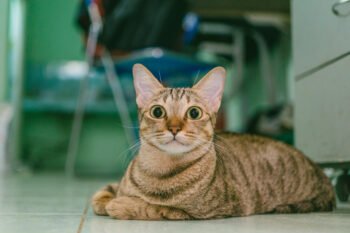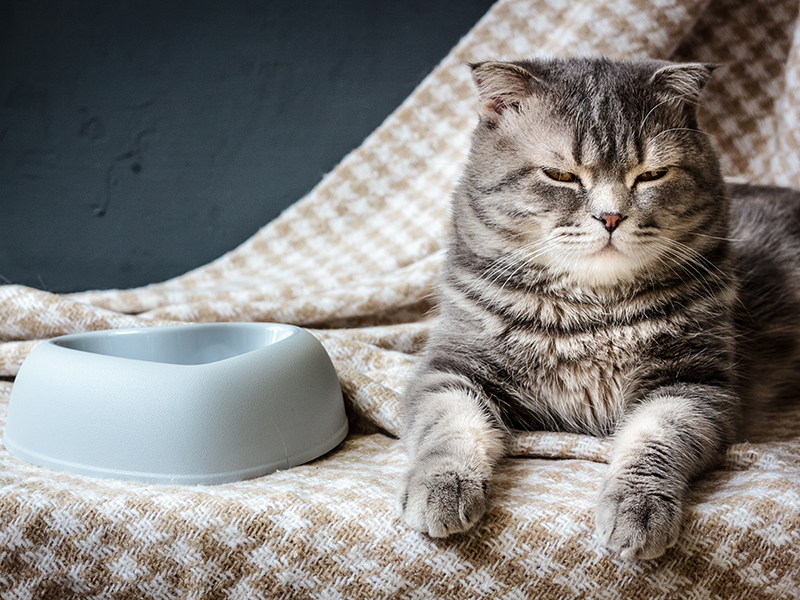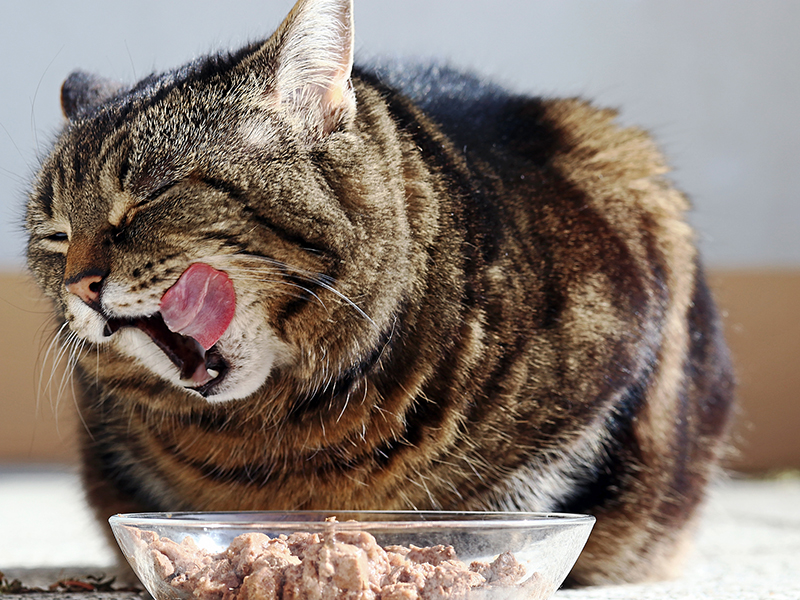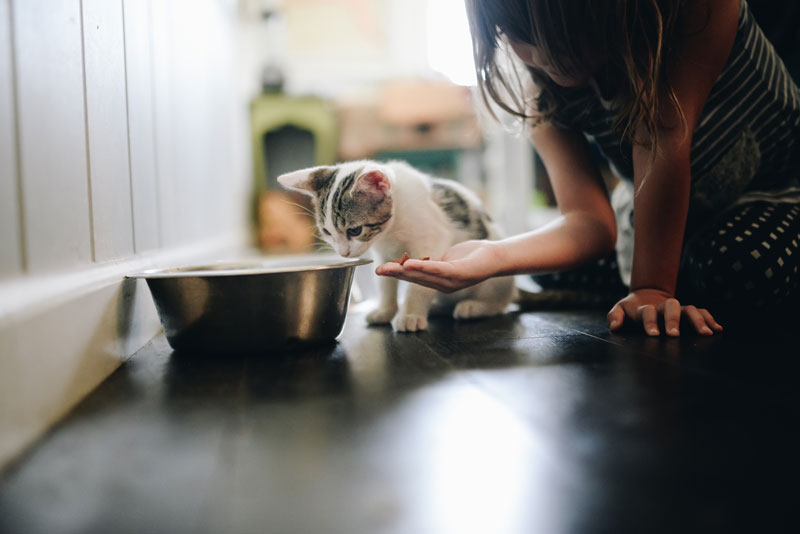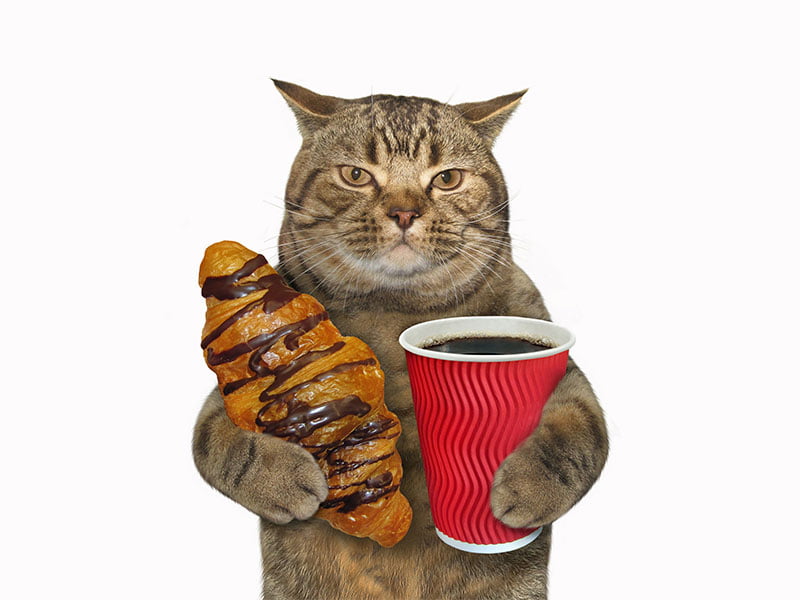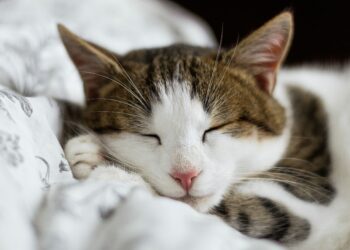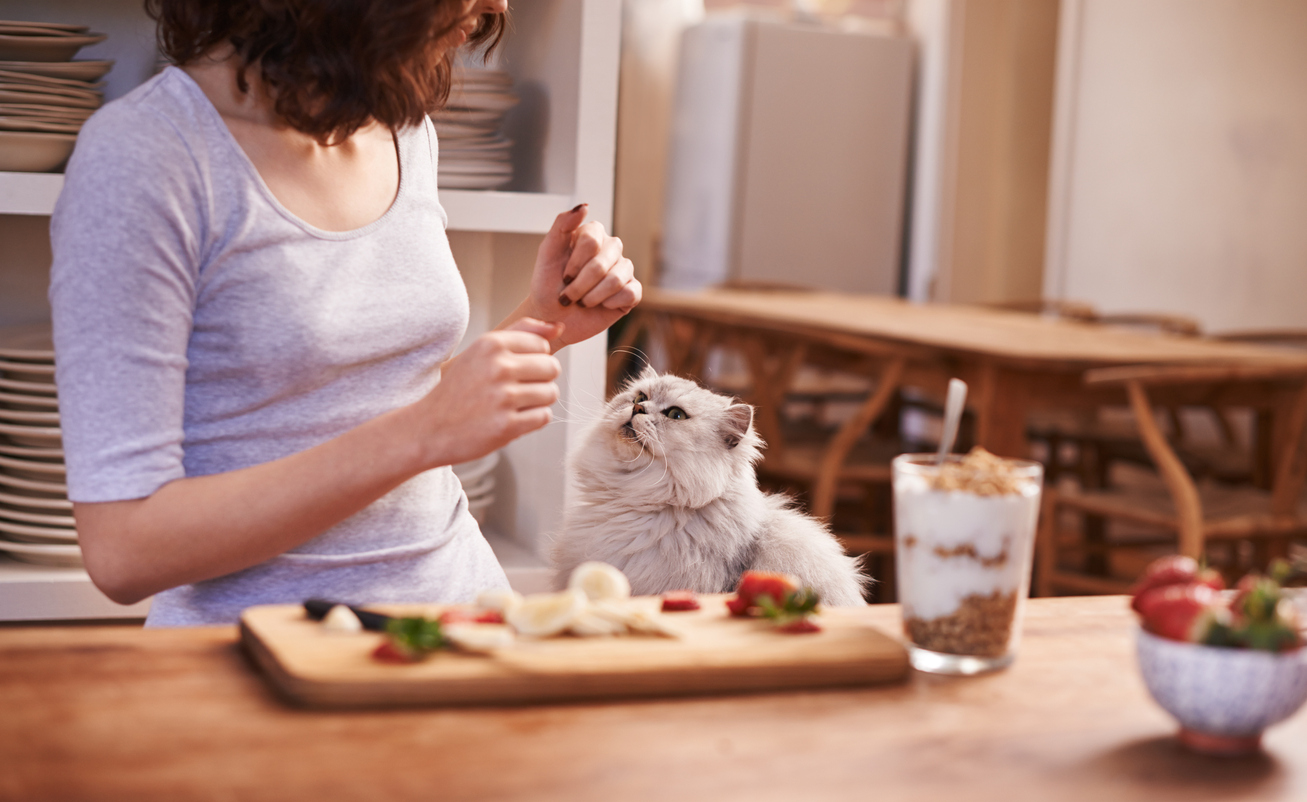From using biodegradable kitty litter to replacing store-bought toys with safe household objects, like some feathers and string, cat lovers are demonstrating that they love the environment too. It’s only natural that the concern over pollution from pets would extend to cat food.
“Being eco-conscious is not something you do for yourself and not for your pets,” says Don Reisinger, sales and marketing director for New Age Pet, maker of the ecoConcepts Pet Bowls. “If you’re going to do it right, you need to be eco-conscious right across the board.”
The Green Cat Movement
As you seek out more natural foods for yourself and continue to recycle packaging, think about doing so for your cat. Here are tips on how to make your cat’s dinnertime more eco-friendly:
1. Look for natural ingredients. A growing number of consumers have begun using the standard of minimally processed foods when deciding what to feed their cat. The Association of American Feed Control Officials, which regulates the pet food industry, defines natural food as “… derived solely from plant, animal or mined sources … not containing any additives or processing aids that are chemically synthetic except in amounts as might occur unavoidably in good manufacturing practices.” Increasingly, pet food makers are putting ingredients in cat food that people understand are healthy, such as chicken, salmon, carrots, spinach and omega-3-rich fish oil.
2. Recycle food packaging. “Canned food packaging is very recyclable. It’s the greener alternative as far as ability to recycle is concerned,” says Christine Mallar, owner of Green Dog Pet Supply in Portland, Ore. Makers of dry cat food often look to create stability for ingredients and sometimes use waxy or coated paper for bags. “If there are layers, we tear off the outer layers and recycle the paper part on the outside and leave the liner to the garbage,” says Mallar.
3. Buy bowls made of recycled matter. Eco-friendly food and water bowls on the market include: recycled plastics and glass; stainless steel, which is durable and doesn’t often get scratch marks where bacteria can hide; and locally made, lead-free ceramic bowls, which cut down on the use of fossil fuels used to transport the goods.
4. Serve filtered or recirculated water. To provide your cat with good-quality water and help the environment, choose filtered tap water. It removes metals and pollutants from your water supply. Avoid bottled water, which often ends up in landfills unless it is properly recycled. Pet water fountains, which recirculate water, are also a good way to entice your kitty to drink more because the water tastes fresher. When changing the water, use it for plants instead of pouring it down the drain.
5. Use recycled place mats. Avoid mopping up the floor under the cat’s bowl by purchasing a place mat made of recycled material. “For anything you’re buying for your pets or yourself, you should consider what it is made of, where it is coming from, how long it will last and what happens with it when you’re done,” says Mallar. She sells fair-trade place mats made in Africa from Global Mamas that are batik on one side and plastic recovered from landfills on the other side.
“For too many decades,” Reisinger says, “we just bought what we wanted and did not pay attention to the environment.” With just a few simple changes, you can help to make a positive difference.

